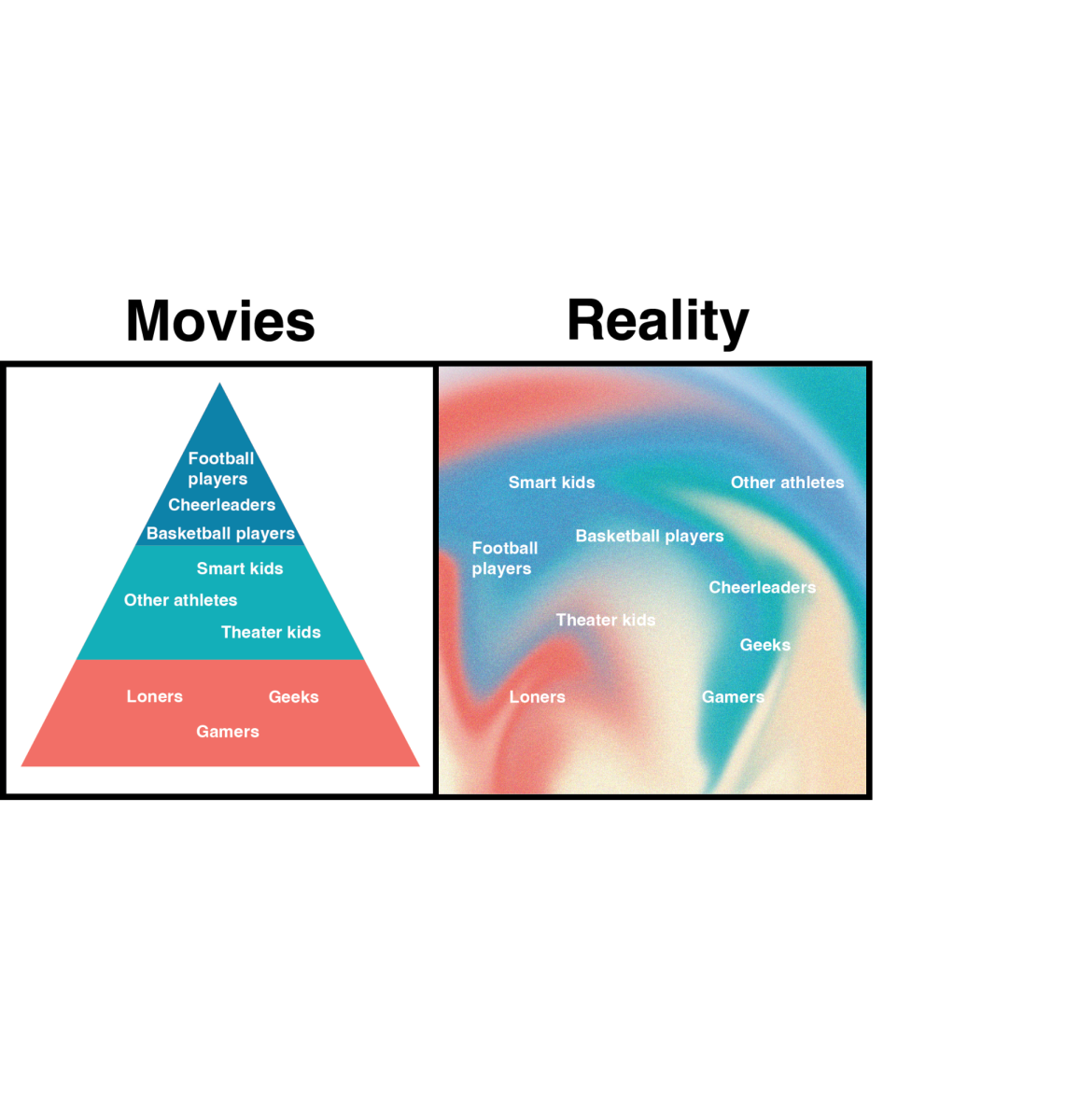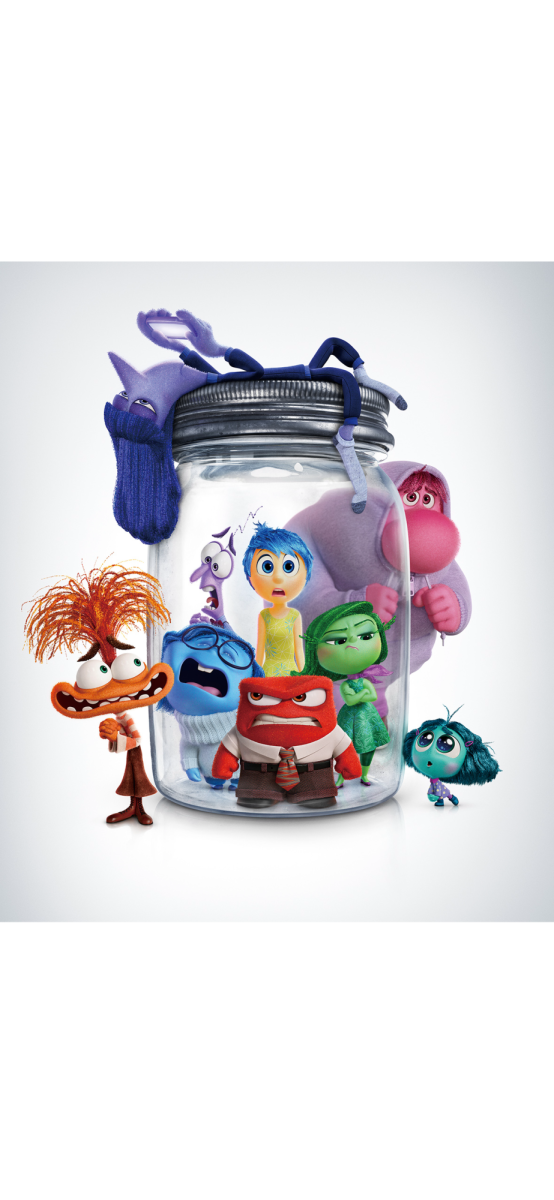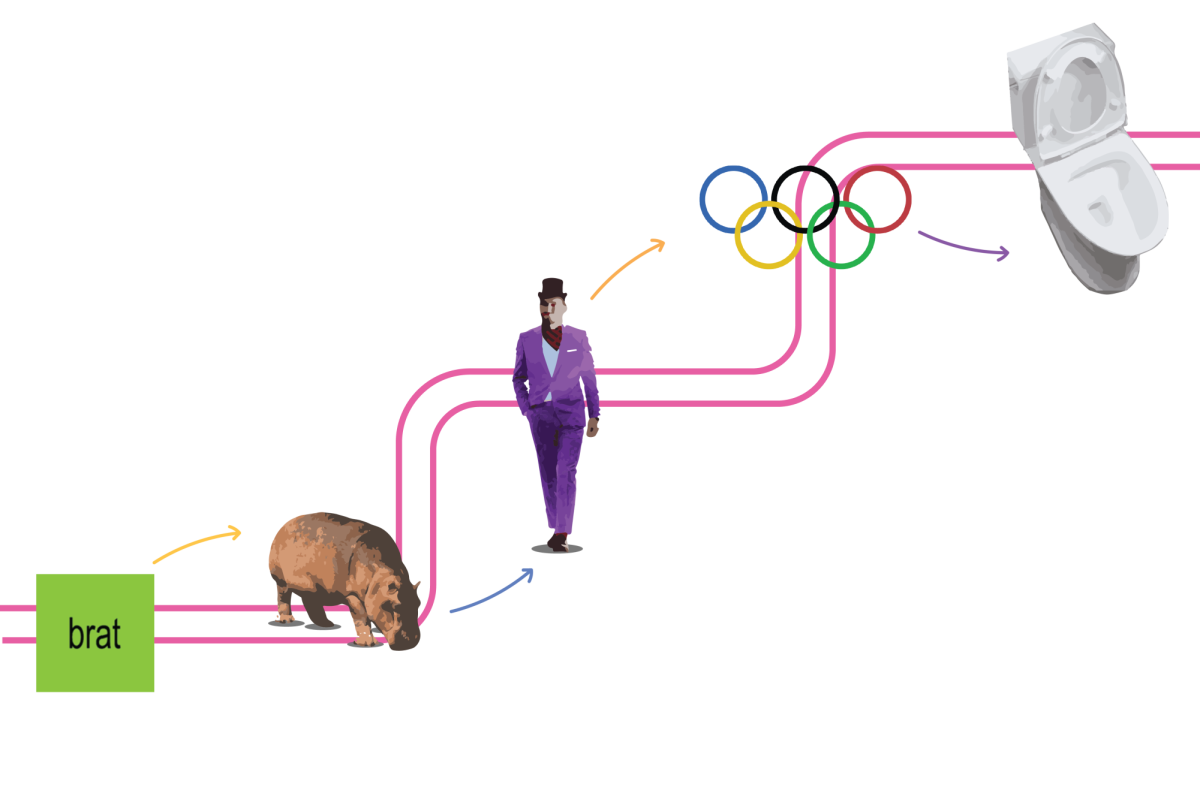Domesticated pets are complicated creatures. They can’t speak or express their feelings, and they surely can’t give you an explanation for doing some of the weird things they do. Though no one has yet to crack the pet code, many facts have been discovered to make understanding our furry friends a lot easier.
Dogs were one of the very first animals to be domesticated by humans. They’ve even gone down in history as “man’s best friend” – but how much do you really know about your canine companion? The most prudent puppy fact is that chocolate is equivalent to poison. Chocolate can sicken and even kill our pals. Veterinarian Michelle DeHaven (who’s contributed her medical advice to websites such as pets.webmd.com) raves that the worst case of chocolate poisoning she saw happened was after an owner fed their petite teacup poodle a pound of chocolate on his birthday.
“We had to treat the dog with fluids and anti-seizure medication for five days, ” says DeHaven, who works in Smyrna, Ga. “Every time we stopped the meds he would start seizuring again. You wouldn’t feed a kid a pound of chocolate, but they fed it to a small dog.” Dark chocolate is the riskiest, though no amount of chocolate should ever be fed to your furry friend.
Dogs and chocolate are an infamous duo that should never mingle. Any sensible dog owner will tell you that they were well aware of it, but when asked what they knew about raisin toxicity four out five pooch owners didn’t have a clue. The consumption of grapes and raisins presents a serious health threat to all dog breeds, and may be even more deadly than the all too dreaded chocolate. The toxicity in the said fruit can cause dogs to develop acute renal failure (kidney failure) with anuria (a lack of urine production.) The reason for this development still remains unknown, but the amount of pups admitted into emergency care for raisin and grape digestion was far more than the cases of a chocolate overindulgence. Laurinda Morris, a veterinarian working at the Danville Veterinary Clinic in Ohio, claims that this is an issue to be taken seriously: “[I once] had a patient who was a fifty-six pound, five year old male neutered lab mix who ate half a canister of raisins sometime between 7:30 A.M and 4:30 P.M. He started with vomiting, diarrhea, and shaking at about 1 A.M. but the owner didn’t call my emergency service until 7 A.M…. by then there was nothing we could do, and the owners elected to euthanize him.” You may be in the habit of feeding your puppy food off the dinner table, but you should definitely be wary of what goes in their mouth – it could save the both of you a trip to the vet.
House cats are another pet that people just love to love. They’ve prowled their way into popular media, fashion, and have basically dominated the Internet. The usual house cat spends nearly sixteen hours of its day sleeping. A cat’s brain stays aware of sounds and danger during sleep, and this is why even when your feline friend appears to be deep in its “catnap,” their ears can still be seen twitching about. The twitching could also be imputed to their nineteen million nerve endings, which have our feeble six million outnumbered. A feline’s outer ear contains thirty muscles, while ours only encompasses six. You may or may not already know that the typical house cat has far more bones it it’s body than you and I, but did you know that the anatomy of its nose pad is similar to our fingerprint? It can be used in the same way our prints are used for identification. Imagine being a detective and having to dust for nose prints at a crime scene. What a catastrophe!
Though you still can’t have a nice life chat with your puppy over tea and biscuits, only time will tail where we’ll be in the near future. In the meantime, there are plenty of interesting and informative facts on our beloved friends to tide us over. I’m not kitten you.














